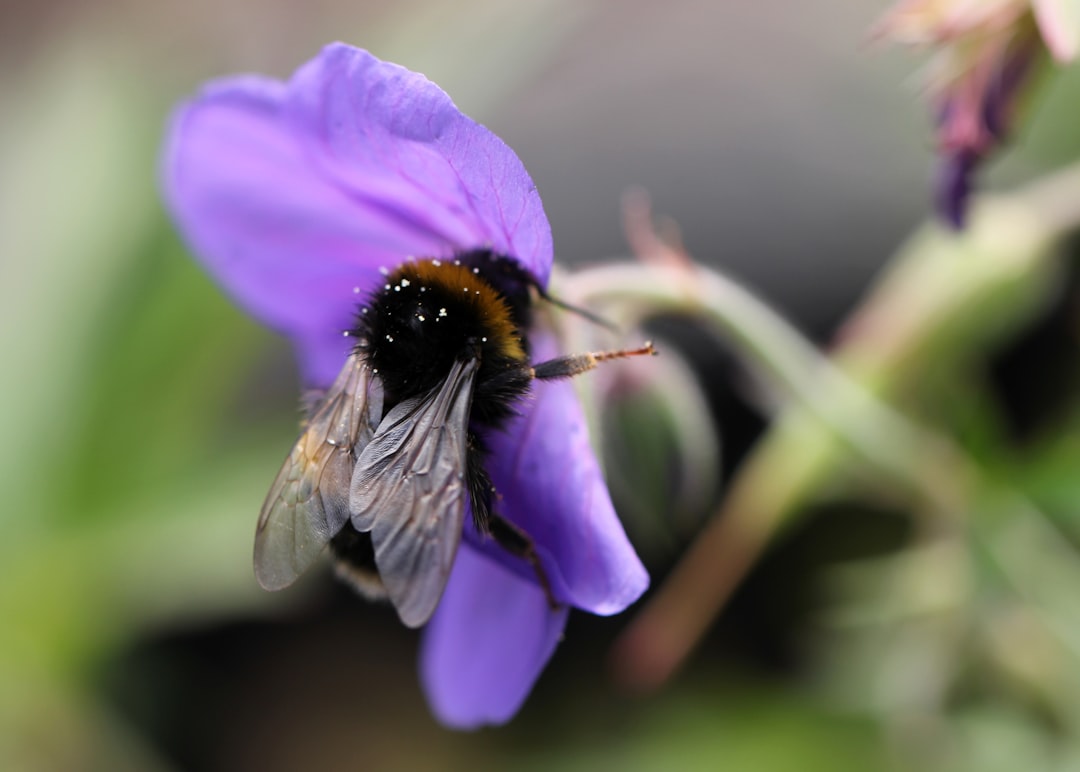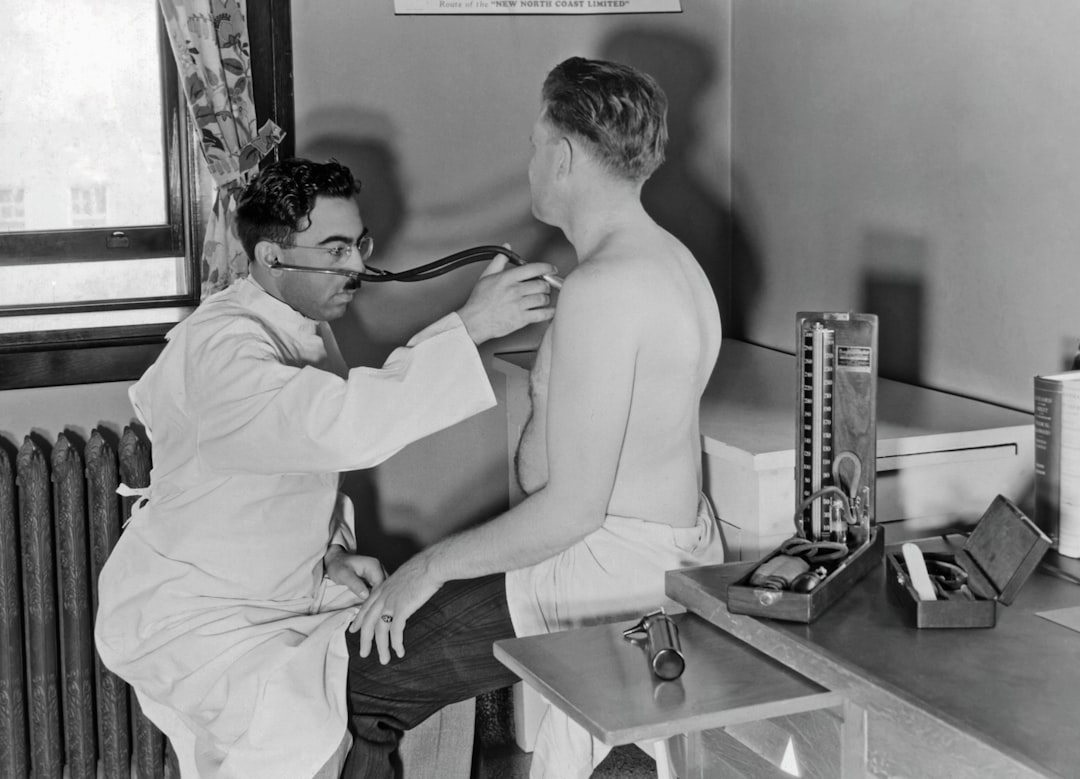What is it about?
Two years into the pandemic, the quest for drugs to treat COVID-19 continues. Theoretically, any part of the virus and the host (infected person) cell that is involved in the viral replication process can be a target for potential drugs. Scientists have, therefore, been engaged in unravelling the fundamentals of SARS-CoV-2 infection in order to find effective therapies. This review—published in 2020 amid preliminary discoveries on the novel coronavirus—looks at viral and host cell structural elements; the mechanisms of interactions through which the virus replicates in the host’s body; the structural changes in the virus and host cells due to their interaction; and host immune response against the virus. The paper explores in detail the research that has gone into identifying and testing the efficacy of drug targets and drugs based on this fundamental understanding of the SARS-CoV-2 structure and its infection mechanisms. It also briefly mentions the therapies in clinical trials in 2020.
Featured Image

Photo by CDC on Unsplash
Why is it important?
A comprehensive understanding of SARS-CoV-2, its replication mechanism, and host responses to its attack is the first crucial step to identifying and developing effective single or combinatorial drugs against COVID-19. Such knowledge, in tandem with similar research on previous corona viruses, is also key to finding pan-coronavirus antivirals that can both bring an end to this pandemic regardless of new viral mutations as well as help us be prepared for when a future coronavirus strikes. Further, a cataloguing of drugs under development or those being tested in trials is important for an efficient global concerted effort at finding a treatment for COVID-19. KEY TAKEAWAY Exhaustive explorations of SARS-CoV-2 and its interaction with host cells are leading to targeted and effective therapies against COVID-19, which could help end the current pandemic and eventually, even fortify us for future coronavirus infections.
Read the Original
This page is a summary of: COVID-19: Drug Targets and Potential Treatments, Journal of Medicinal Chemistry, June 2020, American Chemical Society (ACS),
DOI: 10.1021/acs.jmedchem.0c00606.
You can read the full text:
Contributors
Be the first to contribute to this page










